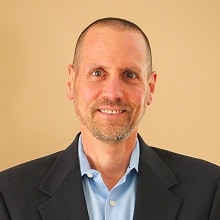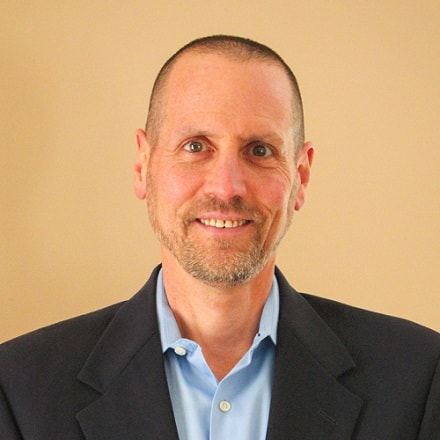Inside Angle
From 3M Health Information Systems
Are more prescription drugs the right prescription for our healthcare system?
Last year, nearly 2 out of every 3 American adults took a prescription drug and 2 out of every 3 adults that visited their doctor left with a prescription. Over the past 13 years, the use of some drug classes has more than doubled among Americans aged 65 and older, such that two-thirds take an anti-hypertensive, one half take an anti-hyperlipidemic and one fifth take an anti-diabetic drug according to a study published in JAMA. The use of prescription drugs among adults aged 40-64 is also increasing with 3 in 10 now taking an anti-hypertensive and 2 in 10 taking a statin.
The appropriate use of prescription drugs to treat chronic disease is generally a good thing. Controlling very high blood pressure and very high blood sugar has prevented premature death and disability from heart disease and diabetes, respectively, as well as reduce emergency events and hospitalizations that drive up costs. However, as we lower the bar and prescribe drugs to a lower risk class of patients, the benefits become more dubious.
As Gilbert Welch has stated in his 2012 book, Overdiagnosis, we created a new group of diabetics when we lowered the fasting blood glucose threshold for diabetes from 140 to 126 in 1997. This meant more people would be prescribed an anti-diabetic drug treatment, but experience less benefit than those with blood sugars >140, while still exposed to the harms and side effects. It also meant there were more patients that could be harmed by attempting tight glycemic control.
The NNT, or “number needed to treat,” is used to quantify the benefit of treating a population with a specific intervention. The corollary of the NNT is the NNH, or “number needed to harm,” which recognizes that very few, if any, treatments are without risk. There is a website maintained by a team of physicians called theNNT.com that evaluates the benefits and harms of certain therapies and diagnostics. Here are some examples from the evidence base they have compiled:
The vast majority of people taking anti-hypertensives, statins, aspirin or even those eating a Mediterranean diet experience little or no benefit in preventing stroke, heart attack or death from heart disease. In fact, 5 years of statin use in individuals with known heart disease will save the lives of 1 out of every 83 people taking it, but 1 in 10 will experience debilitating muscle damage and 1 in 100 will develop diabetes. The benefits are much smaller for statin users with no known heart disease – saving no lives, and preventing stroke or heart attack in less than 1 percent, but still harming 10 percent of users.
While only 1 in every 61 patients adopting a Mediterranean diet, consisting primarily of plant-based foods, such as fruits, vegetables, whole grains, legumes and nuts, will avoid stroke, heart attack or death, this NNH is similar or better than most medications. The critical difference is that it has an NNH of 0 – something that very few, if any, pharmaceutical drugs can boast.
How do we address the inappropriate use of pharmaceutical medications in an effort to achieve the Triple Aim of better outcomes, lower costs and a better patient experience?
- Consider the alternatives – Diet and exercise can produce similar outcomes as pharmacotherapy in preventing stroke, heart attack, and death, as well as treating and preventing chronic pain, depression, and other conditions.
- Focus on high risk patients – Reserve medications that are intended to be taken for a lifetime to those patients that will benefit most from them – and then make sure that patients take them. Some studies have shown that up to half of patients are non-adherent with medications that are intended to be taken regularly, but adherence increases for patients in the highest risk groups.
- De-prescribe when possible – Polypharmacy, defined as the use of five or more prescription drugs, has more than tripled among young adults over the past 13 years, and now occurs in 15 percent of 40-64 year-old adults and 39 percent of adults who are 65 and older. Medication Therapy Management (MMT) should be provided to patients taking multiple medications.
- Prescribe new medication sparingly – Often patients think that the newest treatments are the best ones, but it is often much safer, cheaper and more effective to use a well-established and well-researched medication that has been on the market for many years than one which has recently been approved and the harms associated with long-term or off-label use have not been evaluated.
There is an Rx Triad in health care that consists of the Prescriber, the PCP, and the Pharmacist. Half of the time the PCP and Prescriber are the same person. These are the healthcare professionals most likely to engage the patient with respect to medication use. They should be supported with the latest evidence-base, effective methods for patient engagement, and financial incentives to ensure that medication is necessary, therapeutically and cost effective, taken properly, and produces the best outcome without harming the patient.
Steve Delaronde is director of consulting for populations and payment solutions at 3M Health Information Systems.


